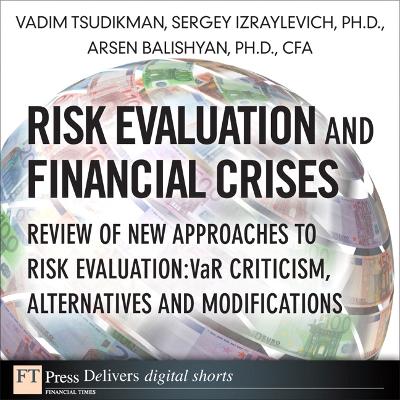FT Press Delivers Shorts
1 total work
The classification, measurement, and management of risk are central problems in the investment process. Over the past 25 years, Value at Risk (VaR) became the common universal standard in risk measurement. However, the financial crisis of 2007/2009 clearly demonstrated great discrepancies in risk estimates based on this indicator. In this report, three of the field’s leading experts objectively consider each key criticism of VaR in recent professional literature, including VaR’s underestimation of the magnitude and frequency of extreme outcomes, the difficulty of obtaining reliable VaR estimates for complex portfolios, the limited value of historical data, imperfections in the effective market hypothesis that underlies VaR, and several more. Next, the authors carefully review refinements and alternatives that have been proposed as potential replacements or complements, including Conditional VaR (Expected Shortfall), Shock VaR, modifications in the handling of parameters uncertainty, liquidity adjustment, higher moments, and more. They conclude by discussing why a sound risk management system continues to require deep understanding of complex adaptive and often irrational market mechanisms and still cannot be reduced to a mere combination of indicators, no matter how sophisticated they are.
